I've been asked to explain why the New York Police Department (NYPD) vigorously pursues a potentially dangerous and controversial "stop, question and frisk" policy in New York City -- the safest large city in America. The answer is simple -- because it works. It is the ONLY way to get the guns from the bad guys and off our streets BEFORE the next drive-by shooting occurs. This policy has saved 5,600 (mostly minority) lives in the last 10 years, and takes about 800 guns off the street every year.
There are elected officials and others who claim that this policy, and the entire NYPD, is racist, by misrepresenting simple facts. The NYPD is the most diverse (the last class of 1,500 was actually majority-minority) and best trained force in the world. Its detractors claim that because black men are stopped at about twice the rate that they exist in the census, that proves racism.
Statements like that are irresponsible at best, and dangerous at worst, as they place our officers at greater risk on the street. There are almost NO criminal justice experts who would state that the census should be the basis by which we judge stops. In fact if that were so, we would be asking our police department to fulfill quotas to make sure that all groups were stopped at exactly the same rate as they exist. Of course, women might get upset by this as they commit a very small percentage of violent crime, but under this rationale would make up approximately 52 percent of all stops!
A much more reasonable benchmark to compare stops against is looking at the make-up of violent crime suspects as pointed out by the civilian population. When properly analyzed, the figures show that black males are pointed out by civilian (mostly minority) victims of violent crime about 66 percent of the time, and yet are stopped by police only 53 percent of the time. As Commissioner Ray Kelly has said, "the police go where the guns are," and that means into our high-crime neighborhoods, to protect all law-abiding victims from crime.
And yes, we are well aware that about 12 percent of stops result in a summons or arrest. That is an entirely normal and expected result when stops are based on "reasonable suspicion" and not "probable cause." Also, many of these stops are based on descriptions. For example, if the police get a description of a short male in a grey hoodie who just committed a robbery, 20 or 30 people matching that description may be stopped within the next few minutes. All (except the one who committed the crime), will be let go with no further action taken.
Are there bad stops? Of course. There are bad cops, just as there are bad elected officials, bankers, etc. As a former prosecutor, I put them in jail. As a former defense attorney, I represented people falsely accused by police. On a force of over 34,000, even if 1 percent of cops are bad, that will undoubtedly result in bad stops. Overwhelmingly though, we see good police officers trying their best to implement a necessary but confusing and often dangerous policy. That is why we must stay ever-vigilant and perform constant oversight of stop, question and frisk.
The Public Safety Committee, which I chair, has held more hearings on this topic than any other topic besides Anti-Terror. I (and the late Phil Reed) wrote the law banning racial profiling in NYC, and it was at my urging that the NYPD instituted a policy of explaining the reason for every stop, which includes handing out a card with a legal explanation (New York City Police Department Patrol Guide Interim Order No. 21, "Revision to Patrol Guide 212-11, 'Stop and Frisk,' May 18, 2010"). In addition, I was the first to call for the police to not retain the info obtained from these stops for an unreasonable time. There will be more reforms to ensure that stops are done with civility and respect for civil rights as we move forward, and more hearings are planned.
As I stated, the best reason for this policy is simple -- it is far better to prevent shootings than prosecute them. We can wait until after 93-year-old Sadie Mitchell is killed by a stray bullet while watching TV in her apartment, or until brave 8-year-old Armondo Bigo is shot in the shoulder in a deli, or until after another Detective Figosky is shot in the face and murdered, to then try and track down the shooter. Or we can let the NYPD do the one thing that may prevent these tragedies.
Ironically, on the same day that Zurana Horton was killed heroically trying to shield her child from bullets, an anti-stop, question and frisk rally was being held in Harlem. As her 12 children now face life without a mother, I think it is clear that no stop could have resulted in a greater violation of civil rights than the loss of a life, or the life of a loved one, to needless gun violence.